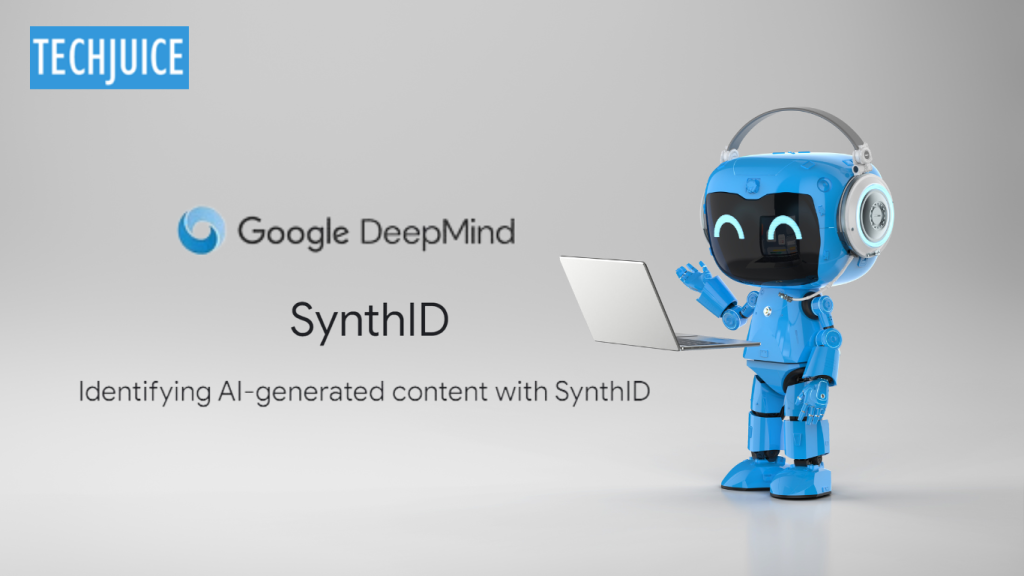On October 23, Google DeepMind released its AI watermarking technology, SynthID, as open source so that other developers can use it further. With already being embedded in a chatbot developed by the tech giant, Google, known as Gemini, SynthID is designed to quell rising concerns over the issue of AI-generated content that embeds an invisible watermark or “statistical signature” directly into text to signal its origin. This tool is at a time when the need to hold AI accountable is increased, often in stopping misinformation, academic dishonesty, and plagiarism. Companies, educators, and regulatory bodies can now better discover AI-created material because of the open-source release of SynthID.
SynthID makes a watermark as it manipulates Text which is then created with some invisible identification without changing meaning or readability. This “fingerprint” is determined by the special software and, therefore, the detection of the AI product is easier and more direct. The first test consisted of more than 20 million users of the Gemini chatbot and revealed that the users needed help to differentiate between watermarked and non-watermarked Text. The efficiency of SynthID’s discrete embedding method is confirmed. SynthID by Pushmeet Kohli, vice president of research at Google DeepMind can make this possible as regards tracking AI outputs for which the verification is concerned that a responsible developer wants.
This system is developed through so-called “tournament sampling” because competing word choices compete to integrate in performing the watermark. The hidden watermark would be particularly useful in any application area where one needs to verify the authenticity of the content, as in applications from the educational or governmental realms. But there still are challenges. Soheil Feizi of the University of Maryland recalled the challenge of inserting a watermarking signature into deterministic output, such as fact answers or code:.
Read Also:Brazilian Court Lifts Ban on Elon Musk’s X After $5 Million Fine Settlement
But its open-source release does leave the door open for further development and improvement by its developers, though this of course does create some skepticism due to the potential to be modified by a diligent enough individual. As the journal Nature put it, strong users can break out of the SynthID watermark through paraphrasing, translation, or even reprocessing the entire text, perhaps with the help of a different AI model that obliterates the watermark.
This opens the source of Google DeepMind to SynthID, set to fight AI-created disinformation and ensure transparency as the industry looks toward this to tackle a far more formidable challenge: AI-created misinformation. Hugging Face’s global head of policy, Irene Solaiman, jokes, “SynthID is worth something, but it is only one part of the solution.”
Other generalized solutions such as SynthID are in demand because the EU and China have already instituted strict regulations on AI watermarking for all users. The United States has devised the National Institute of Standards and Technology AI safety standards through its instruction by President Joe Biden in October 2024. Synthroid marks a first step toward setting a standard, but there are myriad of challenges in adoption and reliability before it becomes a way of life for accountability among AI.















